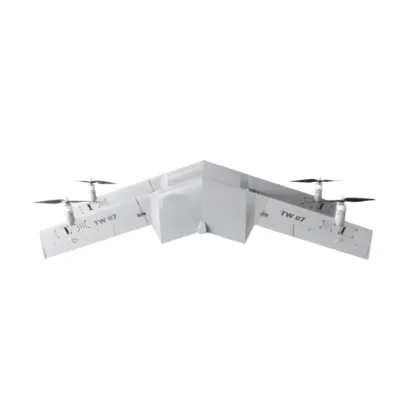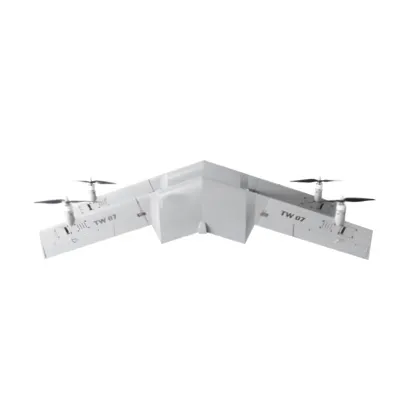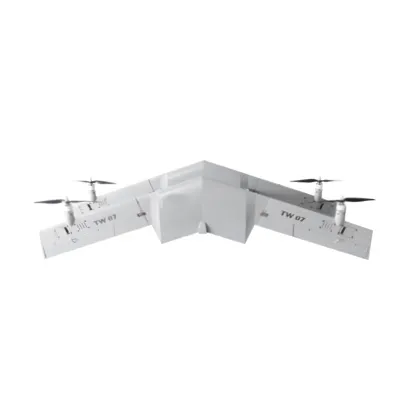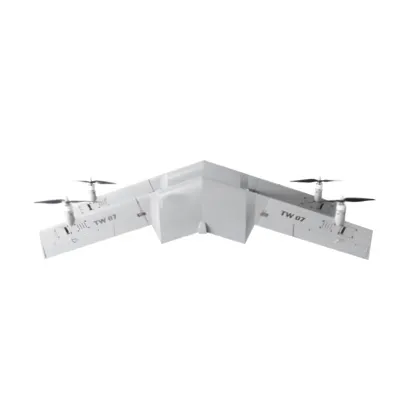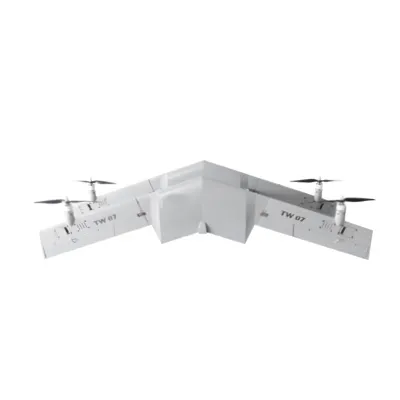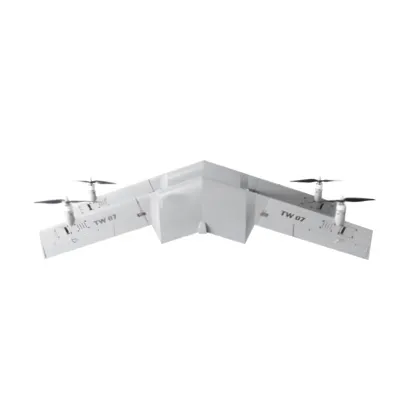
- africano
- albanés
- Amárico
- árabe
- armenio
- Azerbaiyano
- vasco
- Bielorruso
- bengalí
- bosnio
- búlgaro
- catalán
- Cebuano
- Porcelana
- corso
- croata
- checo
- danés
- Holandés
- Inglés
- esperanto
- Estonio
- finlandés
- Francés
- frisio
- gallego
- georgiano
- Alemán
- Griego
- Gujarati
- Criollo haitiano
- Hausa
- hawaiano
- hebreo
- No
- Miao
- húngaro
- islandés
- igbo
- indonesio
- irlandés
- italiano
- japonés
- javanés
- Canarés
- kazajo
- Jemer
- Ruanda
- coreano
- kurdo
- Kirguistán
- Mano de obra
- latín
- letón
- lituano
- Luxemburgués
- macedónio
- madagascarí
- malayo
- Malabar
- maltés
- maorí
- Maratí
- mongol
- Birmania
- Nepalí
- noruego
- noruego
- Occitano
- Pashto
- persa
- Polaco
- portugués
- punjabi
- rumano
- ruso
- Samoano
- Gaélico escocés
- serbio
- Inglés
- Shona
- Sindhi
- Cingalés
- eslovaco
- esloveno
- somalí
- Español
- Sundanés
- swahili
- sueco
- Tagalo
- Tayiko
- Tamil
- Tártaro
- Télugu
- tailandés
- turco
- Turcomano
- ucranio
- Urdú
- Uigur
- Uzbeko
- vietnamita
- galés
- Ayuda
- yídish
- Yoruba
- zulú
The Transformative Power of Unmanned Aerial Vehicles Across Industries
Unmanned aerial vehicles (UAVs) are one of the most rapidly evolving technologies of the 21st century. From entertainment to agriculture, unmanned aerial vehicles have found widespread applications in various fields, making previously difficult tasks easier and more efficient. Drones such as agri drones, 4K drones, and aerial drones have proven to be essential in advancing industries and improving overall productivity. As technology continues to evolve, UAVs are becoming increasingly sophisticated, and their impact on sectors like agriculture, construction, and media is undeniable. This article will delve into the transformative power of unmanned aerial vehicles and their diverse applications across industries.
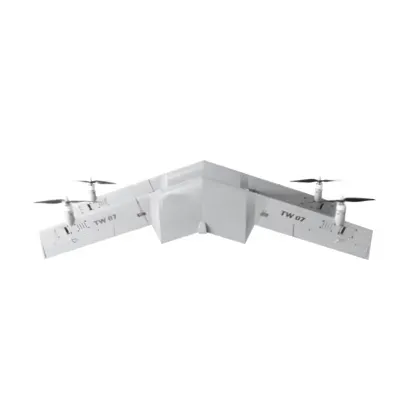
1. UAVs in Agriculture: A Revolution in Precision Farming
In the field of agriculture, agriculture drones have become indispensable tools for farmers. With advancements in technology, agri drones now provide farmers with the ability to monitor their crops remotely, ensuring they can spot potential issues early and take corrective actions quickly. These drones are equipped with high-resolution cameras, multispectral sensors, and GPS technology that allow farmers to monitor crop health, assess soil conditions, and even manage irrigation.
Agriculture drones help farmers save both time and money. In the past, farmers had to manually inspect large fields, which was time-consuming and often inefficient. With agri drones, farmers can now cover vast areas in a fraction of the time, collecting data on crop performance and environmental factors. This data can then be analyzed to make informed decisions about resource allocation, irrigation needs, and pesticide use.
By using agriculture drones, farmers can apply fertilizers, pesticides, and herbicides with pinpoint accuracy. This reduces waste, minimizes chemical runoff, and promotes sustainable farming practices. Precision agriculture, made possible by agri drones, helps increase crop yields while reducing costs, ultimately improving profitability for farmers.
2. The Rise of 4K Drones in Cinematic Productions
One of the most exciting developments in the world of UAVs is the introduction of 4K drones. These drones are equipped with ultra-high-definition cameras that allow filmmakers, photographers, and content creators to capture stunning aerial footage in unparalleled detail. 4K drones have revolutionized the way aerial photography and videography are approached, making it possible for professionals to achieve cinematic-quality shots without the need for expensive equipment like helicopters or cranes.
Filmmakers and videographers can now use 4K drones to capture dynamic shots from angles that would have been impossible with traditional methods. Whether it’s shooting sweeping landscapes, tracking moving subjects, or capturing intricate architectural details, 4K drones offer a level of versatility that was previously unimaginable. The high-resolution footage produced by these drones can be used in films, television shows, commercials, real estate listings, and more, providing content creators with the flexibility to tell compelling visual stories from the sky.
Moreover, 4K drones are equipped with advanced stabilization systems, ensuring that even in windy conditions or during high-speed flight, the footage remains smooth and free from jitter. This technology is particularly important for aerial cinematography, where stable, clear shots are crucial for maintaining professional production standards.
3. Aerial Drones in Surveillance and Security
The use of aerial drones in surveillance and security has grown exponentially in recent years. Whether it’s monitoring large construction sites, tracking wildlife, or providing security at public events, aerial drones offer a more efficient and cost-effective solution than traditional methods of surveillance. Drones can be equipped with high-definition cameras, thermal sensors, and GPS systems, allowing them to monitor areas from the air and gather real-time data.
In the security industry, air drones are used to patrol large or remote areas, providing an additional layer of safety and oversight. These drones are particularly valuable in locations where it’s difficult to deploy human security personnel, such as in forests, deserts, or on large industrial sites. With the ability to fly for extended periods and cover wide areas, air drones make it possible to monitor security threats in real-time, ensuring that potential risks are identified quickly.
Additionally, aerial drones are being used for border patrols, search and rescue missions, and disaster relief efforts. In cases of natural disasters like earthquakes or hurricanes, UAVs can be deployed quickly to survey the damage, locate survivors, and assess the impact. The ability to fly over difficult terrain or damaged infrastructure gives aerial drones an advantage over traditional ground-based methods.
4. Innovations in Logistics and Delivery with UAVs
One of the most exciting emerging applications for unmanned aerial vehicles is in logistics and delivery. With e-commerce continuing to grow at an unprecedented rate, companies are looking for ways to improve delivery times and reduce costs. Unmanned aerial vehicles are emerging as a viable solution to these challenges. Air drones are being tested by companies like Amazon and UPS to deliver packages directly to customers' doorsteps.
The main advantage of using air drones in logistics is speed. Drones can bypass road traffic and deliver packages more efficiently, especially in urban areas or remote locations where ground delivery can be slow. Air drones can also carry smaller loads, such as medical supplies, essential goods, or documents, which makes them ideal for short-range deliveries.
In addition to speed, the use of unmanned aerial vehicles for delivery reduces human labor and minimizes the environmental impact of traditional delivery methods. With their ability to operate autonomously, air drones can make deliveries without the need for human drivers, reducing labor costs and the carbon footprint associated with ground transportation.
5. Aeronautics Drones: Pushing the Boundaries of Flight Technology
The field of aeronautics has also benefited significantly from aeronautics drones. These specialized UAVs are used to test flight dynamics, gather aerodynamic data, and explore new concepts in aviation. Aeronautics drones play a critical role in the development of new aircraft designs, as they can simulate various flight conditions and gather real-time performance data without the need for expensive manned flights.
Aeronautics drones are also used in research and development for the aviation industry. By simulating flight maneuvers, these UAVs help engineers study the behavior of different aircraft designs in various conditions. This allows for the refinement of designs and the identification of potential issues before a full-scale prototype is built.
The ability to test flight concepts without putting human pilots at risk is a significant advantage of using aeronautics drones in the development of new aircraft. With their ability to fly autonomously and gather data in real-time, these drones are pushing the boundaries of what’s possible in aviation technology.
6. The Future of UAVs: A Multitude of Possibilities
As the technology behind unmanned aerial vehicles continues to evolve, the possibilities for their applications are virtually limitless. The integration of artificial intelligence (AI), machine learning, and advanced sensors will make UAVs even more intelligent and capable. In agriculture, for example, AI-powered agri drones will be able to identify specific crop diseases, assess soil quality, and even predict future crop yields with greater accuracy.
In the entertainment industry, 4K drones will continue to enhance aerial cinematography, providing content creators with new tools for capturing stunning visuals. The introduction of new drone models with improved battery life, greater payload capacity, and faster flight speeds will enable filmmakers to push the boundaries of aerial storytelling.
In logistics and delivery, the widespread use of air drones will transform the way goods are transported, making delivery faster and more efficient. Drones will also play an increasingly important role in surveillance and security, providing real-time data from remote locations and ensuring that critical areas are monitored effectively.
Conclusion: A New Era of Innovation with UAVs
Unmanned aerial vehicles are no longer just a niche technology. They are becoming integral parts of various industries, offering efficiency, cost-effectiveness, and versatility. From the precision farming capabilities of agri drones to the cinematic potential of 4K drones, UAVs are transforming the way industries operate. With continued advancements in technology, the future of unmanned aerial vehicles looks brighter than ever, and their applications will continue to evolve, bringing about new opportunities and challenges for businesses and consumers alike.






